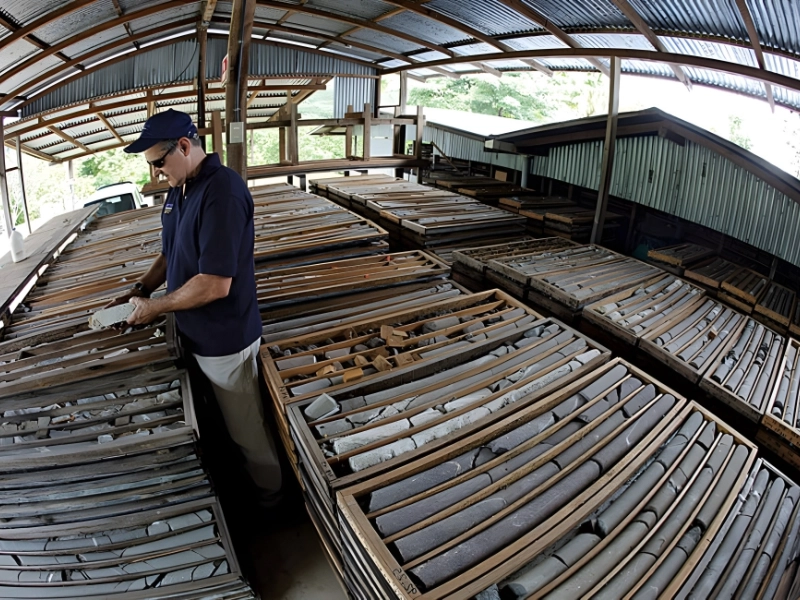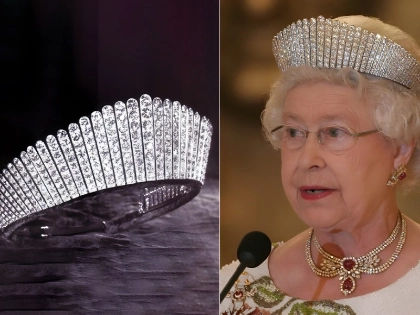Delving into the Deep: 13 Astonishing (& Valuable) Undersea Treasures That Will Amaze You.
12. Salvador
Estimated Current Value: $601,271 (Adjusted for Inflation)
Year of Disappearance: 1750
Year of Discovery: 2015
The Spanish treasure ship El Salvador met its fate in 1750, disappearing beneath the waves during a powerful hurricane. At the time of its sinking, the vessel was laden with an enormous fortune, carrying more than $600,000 in commercial goods and funds from the Spanish Treasury, adjusted for inflation. Among its precious cargo were a substantial amount of pesos, sixteen chests filled with silver, and four chests brimming with gold, making it one of the most valuable shipwrecks in history.
For over two centuries, the El Salvador lay undisturbed on the ocean floor, its treasures lost to time and the elements. It wasn't until 2015 that the wreck was rediscovered, sparking excitement among treasure hunters, historians, and maritime enthusiasts alike. The discovery not only reignited interest in the ship's storied past but also provided insights into the wealth and trade practices of the Spanish Empire during the 18th century.
The tale of the El Salvador serves as a captivating reminder of the dangers of sea travel and the allure of hidden treasures. With an estimated current value of $601,271, the shipwreck encapsulates a significant moment in maritime history, reflecting the wealth and ambition of the Spanish Empire. The recovery of this treasure in 2015 has opened new avenues for research and exploration, allowing us to better understand the historical context surrounding the ship's journey and its tragic end. As we continue to uncover the mysteries of the past, the El Salvador stands as a testament to the enduring fascination with shipwrecks and the stories they hold beneath the waves.

Off the coast of Cape Canaveral, Florida, the Spanish treasure ship El Salvador, along with six of its sister ships, fell victim to a devastating hurricane. As the storm raged, the El Salvador ran aground near the North Carolina Outer Banks, sealing its fate beneath the turbulent waters. Despite the ship's rich cargo, the majority of the treasure onboard remains undiscovered, lost to the depths of the ocean. In the aftermath of the wreck, only four crew members managed to survive, escaping the chaos and peril that engulfed the vessel.
The rediscovery of the El Salvador in 2015 reignited interest in its history and the treasures it carried. However, this newfound attention has led to a complex dispute between the government of North Carolina and a private business based in Florida. Both parties claim rights to excavate the shipwreck, highlighting the legal and ethical challenges that often accompany underwater archaeology and treasure hunting.
The story of the El Salvador is not only a tale of maritime disaster but also a reflection of the ongoing struggles over historical artifacts and treasures lost to the sea. With its cargo still largely unaccounted for, the wreck continues to intrigue treasure hunters and historians alike. The disagreements between state authorities and private enterprises underscore the complexities of maritime law and the need for clear regulations in the field of underwater archaeology. As efforts to explore and excavate the El Salvador unfold, it serves as a poignant reminder of the rich history hidden beneath the waves and the importance of preserving our maritime heritage for future generations.










